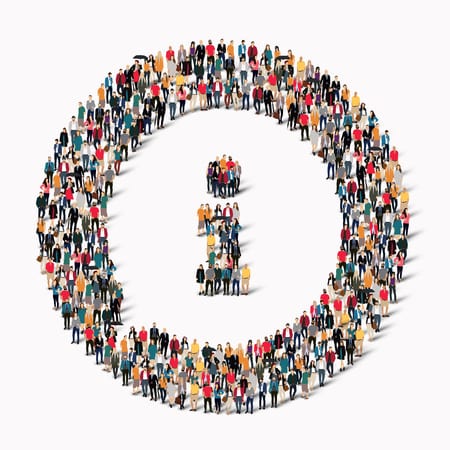When it comes to your first website and/or a website overhaul – most small business owners face choices that are “to infinity and beyond!” Wow!! Where does one start? Typically the first decision is WHO to hire? Website Designer or Website Developer or Graphic Designer? (Not sure the difference – check out this article about the differences.)
Below are 5 skills website designers must have to give you the best website for your time and investment.
1 – Design Spidey Sense
Design is subjective as anyone can that has stood in front of a piece of art at a swanky gallery with cheap wine and soggy appetizers and just didn’t get it can tell you! . Design aesthetics in websites mean several things:
Images – Images are one of the most important visual parts of a site and is generally what will draw your visitors into the site. Creative use of images (or visual graphics) on the site includes the sizing of the images, where they are placed and do they relate to the content they are supporting. You want to make sure the images are consistent. In other words, are the styles and colors and subjects consistent.
Color – check the designer’s use of color schemes. They need to be pleasing to the eye, work together with creative use of branding colors and positive and negative space. Color is the tool that draws a user into the website and attracts attention. This is usually one of the most impactful items (besides images) a visitor notices about your website.
Fonts – the fonts typically will be part of the branding strategy and out of the designer’s control. What IS in the designer’s control is the actual use of the fonts. As with color, fonts should have a dominant font and a secondary font and, in some cases, a complementary script font. The use of the different fonts should be first and foremost readable. Applying color to the various fonts and heading will contribute to the readability of the fonts.
White Space -Effective use of white space on a website enhances flow, depth, readability and depth. Used correctly, white space can guide the user seamlessly on their website journey.
2 – User Experience Skills
User experience are huge buzz words today. They are used in retail, in car buying, in online shopping and in websites. A website designer must take into account the user experience and journey through a website. Look at the menu and make sure it is flows and it not overwhelming with multiple layers. Mobile is where user experience is extremely important.
3 – Basic Knowledge of SEO (Search Engine Optimization)
This skill cannot necessarily be seen to the naked eye. What can be seen is the speed of the website, how the website looks on mobile devices, and are there headings on the website pages – all of which are important to Google. SEO something that may or may not be part of the design quotation. Many website designers will work with a dedicated SEO professional to provide these services. A good designer, on the other hand, will design with SEO good practices in mind.
4 – Branding
Branding is another term that is being used often, almost to the point of too much. Branding is the look, feel and tone of the website. A skilled website designer will make sure the branding is consistent across the website. The fonts, colors and image should all be consistent to avoid “user confusion” on the website.
5 – Messaging
Often a client will provide content for their website but a skilled website designer will tweak or work on the content for the usability of the website. Messaging of the site should address the target audience and solve their problems, not just boast of the credentials of the website owner. Paying attention to the messaging and content is another task of the designer.
Soft Skills Are Important
In addition to the top 5 skills of design, UX, SEO, Branding and Messaging there are other skills a website designer needs – often called soft skills. Project management, customer service, communication and process to name a few. Most of these skills are not something you can discover without checking the reviews, testimonials and references.
Don’t be afraid to ask for a list of references even in this day and age. Sometimes the only way to find out the small, obscure soft skills of a designer is to ask. Following up with references, asking specific questions about the soft skills and processes will provide valuable information.
Bottom line, when hiring a website designer, taking all of the above into consideration, use your gut when making a decision. Don’t go by price alone as prices can vary as much as thousands of dollars! This will become a very close relationship as you move forward. Make sure this is someone that listens to you, understands your business and asks great questions. All things being equal, working with someone you like and trust will give you a great experience!
Comment on my Facebook page your thoughts – when have you trusted your instinct when hiring someone and how did it turn out?






